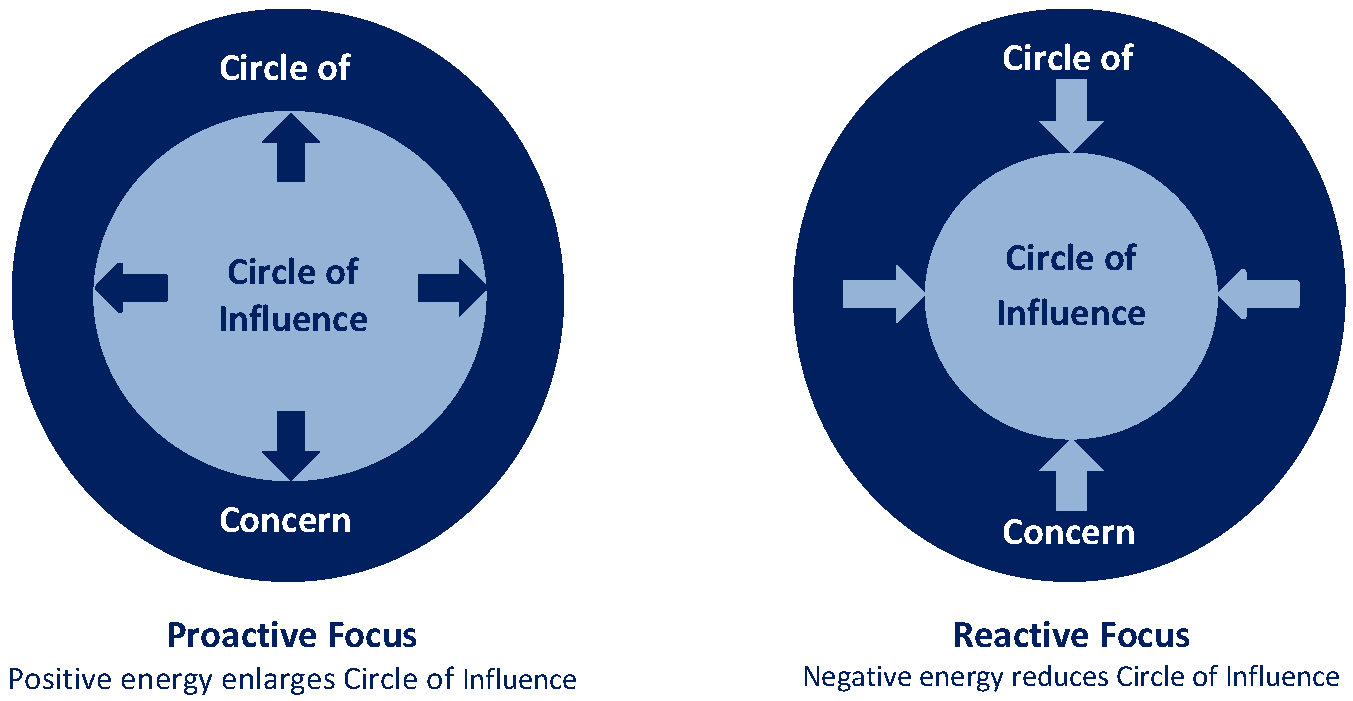Viafuture: Energy, Sustainability, Community
The number of countries announcing pledges to achieve net-zero emissions over the coming decades continues to grow.
But the pledges by governments to date – if they are to be fully achieved require sustained support and participation from individual citizens, whose choices and lives will be affected in many ways.
One Oxfordshire business that is trying to make sustainability an individual choice is Viafuture, a collective of associates with a unified passion to remove the barriers that prevent organisations from reaching their full energy and sustainability potential.
According to the International Energy Agency (IEA), the world has a viable pathway to building a global energy sector with net-zero emissions in 2050, but it is narrow and requires an unprecedented transformation of how energy is produced, transported and used globally it said in a special report released this month. Based on their modelling tools, the IEA Roadmap sets out more than 400 milestones to guide the global journey to net zero by 2050.
For its part, Cypher client, ViaFuture provides the opportunity for organisations, regardless of size to able to pursue their own sustainable pathway, for individuals to feel they can have a role to play within their organisation and for stakeholders to foster a deeper connection to the impact that can achieve locally within their communities.
As Zoe King, Founder of Viafuture explains, “We all have a role to play to achieve the Government’s Net Zero targets and we want to remove perceived barriers and make it as easy as possible for individuals to contribute either through their employer or in their own right.
“We ensure organisations have an authentic, credible sustainability policy and have structured our offer around three pillars including, procurement, policy creation and community engagement.
“Firstly we advise on the best fit strategy for utility purchasing to ensure contracts meet business needs, whether this is fixed purchasing or more complex risk managed services.
“Secondly, we can create a sustainable policy for any business, aimed at reduce wastage but also allow an organisation to achieve B Corp or ISO14001 environmental standards if they choose. Part of this pledge is to allow employees of these businesses to make a donation to charity when they too switch provider.
“Thirdly, we work with clients and partners to create funds that can be donated to local causes in the community to foster a much deeper relationship between businesses, staff and their local environment. Our aim is to create some community-owned renewable energy resources.”
The IEA’s report is the world’s first comprehensive study of how much it will have to transition in order to create a net zero energy system by 2050 while ensuring stable and affordable energy supplies, providing universal energy access, and enabling robust economic growth.
The Roadmap it sets out is both formidable and critical on the path to net-zero emissions by 2050, but its course could bring huge benefits.
Zoe however, urges caution to business owners striving to do their bit.
“I think we must all be wary of Green-Washing,” she explains.
“Just because something says it is renewable, doesn’t mean it is and one of the greatest risks a business can face on its route to creating a truly authentic a sustainability policy is its credibility. A wrong move can seriously damage firm’s environmental credentials which can have a significant financial and reputational impact. Our advice is always double check or to peak to an expert.”

If you would like to know more about how your business can adopt a robust sustainability policy, contact Viafuture today




